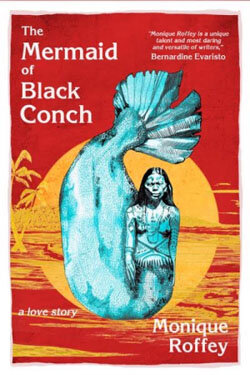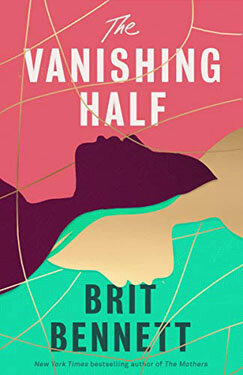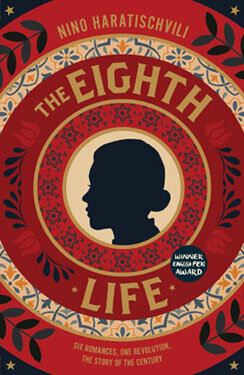Many debut novels take the form of coming-of-age tales, but Derek Owusu uses a beautifully unique style to tell a story that is wholly his own. “That Reminds Me” is a novel about K, a boy whose youth is spent between his mother and adoptive parents. He's physically and mentally abused. Money is tight but no one likes to admit this: “nobody left our home without a story of relative poverty to relay – the truth is, we were all black working class, but pretending we couldn't relate.” He is harassed about his skin colour and heritage: “I'm told my breath smells like an African.” Though K grows to discover friends, love and a passion for literature his early traumatic experiences eventually contribute to a deterioration of his mental health and a desire for self-destruction. His early life is related through a series of short poetically-charged chapters which play off from the folkloric trickster Anansi. The result reminded me somewhat of Sylvia Plath's “The Bell Jar” in how a young life that is disrupted by mental illness can be shattered into fragments and only be told in pieces.
The story is imbued with powerful imagery and an intensity of feeling to describe the development of K's consciousness and a growing awareness of his identity. There are wonderful moments of tenderness like teaching his brother to walk, assisting an old woman with her luggage or enjoying a lover's embrace – as well as comic descriptions such as worrying that his cat doesn't love him. I was especially moved by a passage which shows K connecting to “The Color Purple” and how the characters and experiences of the story are absorbed into his own life: “Suddenly, it wasn't just my suffering confined to my pad; I wrote Celie out of her story and added her to mine, with the last drops of ink gave us both a father neither of us had.” The novel also creatively evokes historical events like the London riots of 2011 which were a justified outcry but also resulted in petty thievery and tragic deaths. But, just at the point it feels like K should be launching into his adult life, mental health problems hamper his ability to progress: “There were days when I'd fall asleep on my arm and wake up to see my wrist covered with the marks of a desperate escape, and I'd feel nauseous, struggling to understand my want of an exit.” It's poignant and heartbreaking how the novel describes his experiences of self harm and alcohol abuse, but the story also powerfully relates how connecting with his heritage and literature provide important touchstones to reinforce his sense of self. This is a very moving, vibrant and artfully-crafted debut.



























